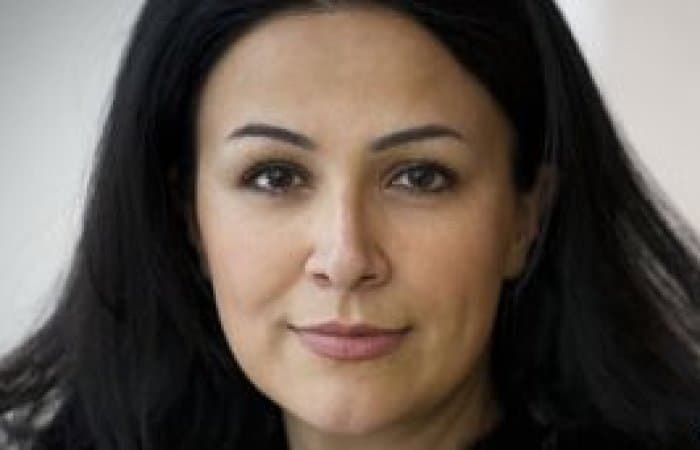A Life in Ruins as Media Fail the Test of Internet Ethics
When media lift pictures from social networks they take liberties with the rights of individuals and with the ethics of journalism. In 2009 Neda Agha-Soltan was killed in Tehran and became the iconic face of resistance of the Iranian protest movement, except that to begin with it was not her face that was circulated around the world by news media. It was the face of university teacher Neda Soltani. In this extract from a recent BBC interview Neda Soltani tells the disturbing story of what happened next and the risks media run when they play fast and loose with information from social media.
On 21 June 2009, I went to my office early in the morning and opened my email account to find 67 Facebook “friend requests”. Over the next few hours I received another 300 requests. I didn’t know then that my photo and name had appeared on websites and TV broadcasts across the world.
Students at the university where I worked were holding sit-ins and protests on campus, and since I was on the administrative board I could not go home at the usual time. I was still at work that evening when I received an email from someone I didn’t know.
In this email I read that a girl called Neda Soltani – which is my name – had been killed on the streets of Tehran the day before. Since no information had been made available about her, this person was trying to find her on Facebook through a process of elimination – ruling out the other Neda Soltanis on the site.
When I got home, I found I had received calls from students, colleagues, friends and relatives saying: “We saw you on CNN, we saw you on Fox News, we saw you on Farsi channels, Iranian channels.”
The international media was using a picture of me taken from my Facebook account to accompany the footage of Neda Agha-Soltan’s death.
I confirmed as friends everybody who had added me on Facebook – there were several international journalists and bloggers among them – and explained that this was a mistake, I was not the person who had been shot dead the day before.
Some bloggers posted updates, but the journalists who received my message did not react – my picture continued to be used.
I received a lot of hate messages. People accused me of being an agent of the Islamic Republic of Iran, who had gained access to Neda’s Facebook account and wished to distort the face of their hero, this symbol of resistance and opposition.
Agha-Soltan’s family did release authentic photos of her. But you can imagine what a terrible state the family were in and it took them quite some time – it was something like 48 hours before they released the first photos.
By that time my photo had been well established and identified as the face of the martyr and of the whole opposition movement, and the media kept using it side-by-side with the images of the death of the real martyr, the real Neda.
It was just ridiculous to see how such a huge mistake had come out of a simple photo on Facebook. Of course, I knew that it could have been me – I could well have suffered the fate of that poor, innocent woman.
The Iranian regime felt harassed by the attention Agha-Soltan’s death had brought on them from abroad. Within three days, Ministry of Intelligence agents came to my home and summoned me for a meeting.
They wanted to imply that Neda Agha-Soltan’s death had not taken place but was a piece of propaganda against Iran, and that the photo had not been taken from my Facebook page but had been released by the European Union. They accused the European Union, the United Kingdom and of course the US.
They accused me of betraying the national security of my country. I was charged with being a spy for the CIA and told to sign a confession. I knew very well that such an accusation could end in a death sentence for me in Iran.
It was a surreal, Kafkaesque experience. The whole thing happened in a matter of 12 days. In less than two weeks I had gone from being a professor of English literature, leading a very normal life, to a person who had to flee her homeland.
I went first to Turkey, and it was there that I was introduced to the idea of seeking political asylum. I then went to Greece and in the end, Germany. To live the life of a refugee is to be a leaf in the air. You just hang in the air with no sense of belonging. You have been uprooted and you are not allowed to go back to where you belong.
Looking back, the people I am most angry with are the Western media. They kept using my photo even though they knew it was not a picture of the real victim in that tragic video. They knowingly exposed me to extreme danger.


Neda Agha-Soltan, left, and Neda Soltani in 2009 and, above, as she is today.
If there’s a lesson here it is that media have to think carefully before they take information and images from one context and use it in another. Should they try, as a matter of course, to seek permission? Most of all, when it becomes known that the original information is wrong as in this case, they have an ethical responsibility to correct their mistake.